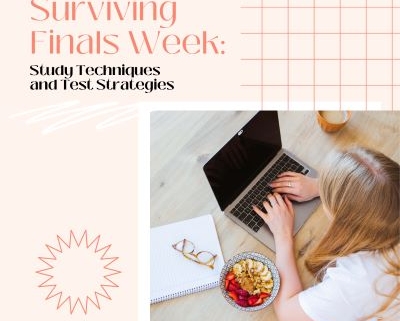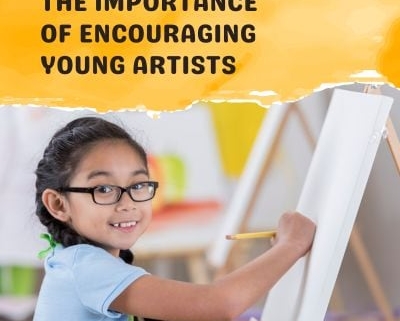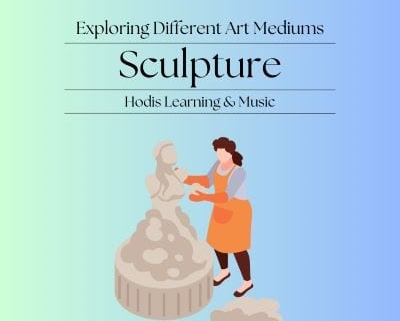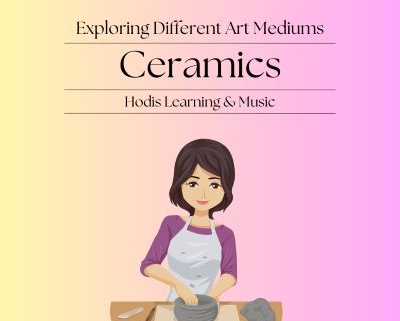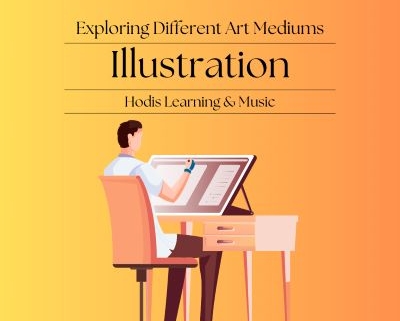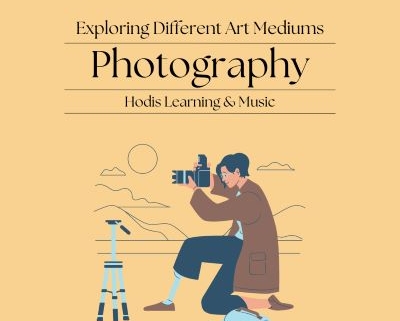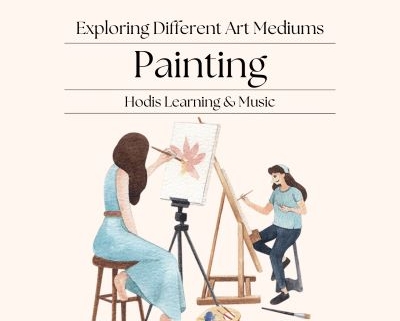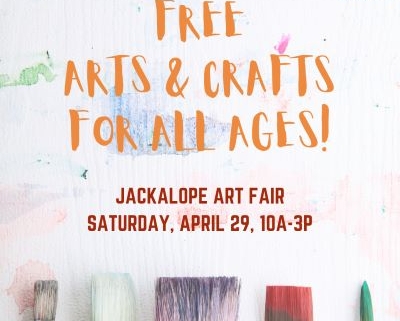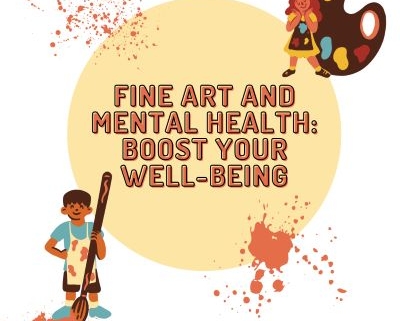As finals approach, students often experience increased levels of stress and anxiety. In addition to practicing effective study skills, it’s essential to prioritize self-care and mental health during this time to manage stress effectively. In this blog post, we’ll explore some self-care and mental health tips to help you cope with the stress of finals.
Practicing Self-Care During Finals
Self-care is critical during finals week to maintain your physical, emotional, and mental well-being. Here are some self-care tips that can help you stay healthy and focused during this challenging time:
- Get Enough Sleep: Sleep is crucial for restoring energy and improving cognitive function. Aim for at least 7-8 hours of sleep every night to feel well-rested and refreshed.
- Eat Healthy: Eating a balanced diet with plenty of fruits, vegetables, and whole grains can help you stay energized and focused. Avoid excessive caffeine, sugar, and junk food, as they can disrupt your sleep and worsen stress.
- Exercise Regularly: Regular exercise can help reduce stress levels and improve mood. Take a break from studying to go for a walk or engage in any physical activity you enjoy.
- Take Breaks: Take regular breaks from studying to give your brain a chance to rest and recharge. This can help you stay focused and productive while avoiding burnout.
Maintaining Mental Health During Finals
Your mental health is just as important as your physical health. Use the following tips in addition to the self-care tips above to help you maintain your mental health:
- Practice Mindfulness: Mindfulness practices, such as meditation or deep breathing exercises, can help you reduce stress levels and stay focused. Try a mindful meditation app like Insight Timer or Headspace.
- Seek Support: Don’t hesitate to seek support from friends, family, or professional counselors if you’re feeling overwhelmed. Talking to someone can help you gain perspective and alleviate stress.
- Take Breaks: Maintain your physical and mental energy by taking regular study breaks. Taking breaks as needed will help you avoid academic burnout and stay on track for final exam success.
- Prioritize Time Management: Effective time management can help you reduce stress levels by preventing last-minute cramming and procrastination. Create a study schedule and stick to it to stay on track.
Managing Stress During Finals
Stress is inevitable during finals week, but there are ways to manage it effectively. Here are some additional tips to help you cope with stress:
- Practice Relaxation Techniques: Relaxation techniques, such as yoga or massage, can help you reduce stress levels and promote relaxation.
- Listen to Music: Music can be a great way to relax and reduce stress levels. Create a playlist of calming music to listen to during study breaks.
- Avoid Multitasking: Multitasking can increase stress levels and reduce productivity. Focus on one task at a time, and avoid distractions such as social media or email notifications.
- Visualize Success: Visualizing success can help you stay motivated and reduce stress levels. Visualize yourself doing well on your exams and achieving your academic goals.
In conclusion, managing stress during finals week is crucial for academic success and overall well-being. By prioritizing self-care, mental health, and stress management, you can navigate this challenging time with confidence and resilience. Remember to take care of yourself, seek support when needed, and stay positive. Good luck on your finals!
Manage Stress with the Help of an Expert Tutor!
A sure-fire way to reduce stress and anxiety during finals season is by preparing for your exams with the help of a dedicated tutor. Ace your final exams with the help of expert, 1-on-1 tutors at Hodis Learning & Music! We have tutors for all subjects K-12 as well as college math, English, and science courses. Call us or request a call back to learn more and book your first session today!


